For those that may be just getting started, learning the game of target archery can be an intimidating task. Becoming a successful archer is something that can take a lifetime of learning - and Elite Archery's pro staff manager Darrin Christenberry knows a thing or two.
***
I’ve been in archery for a long time, and I’m still learning new things. As new technologies come into play it seems that each year I learn a bunch of new skills with my new equipment.
In this blog post, I'm going to talk about the things that I look for in a new bow. In the game of archery, the bow is really the engine – without a bow that fits you properly and that you’re comfortable with, you’re probably going to struggle with a few things. I recommend picking the bow first – then picking the rest of the accessories that you’re going to need (I'll touch on those I recommend at Scott Archery, Custom Bow Equipment, and Winner’s Choice Custom Bowstrings in future articles). 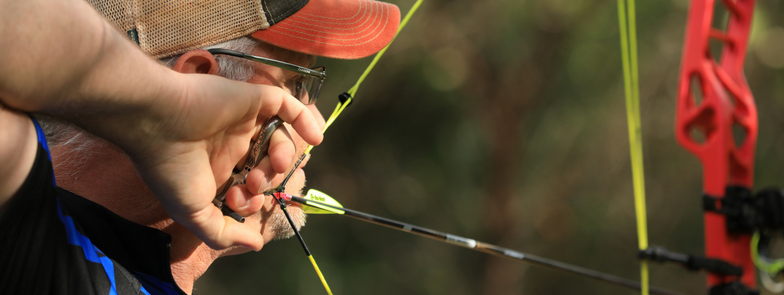
First things, first! If you are brand new to archery, here are a few definitions that you will need to know while you read this article. Understanding these words will paint a clearer picture for you:
Grip – The part of
Brace Height – The longest distance, measured from the deepest part of the grip @ 90 degrees, back to the
Axle to Axle (ATA) – The measurement from one cam pin (axle), to the center of the other cam pin (axle). This is the manufacturers provided spec measurement for a bow to operate with maximum efficiency.
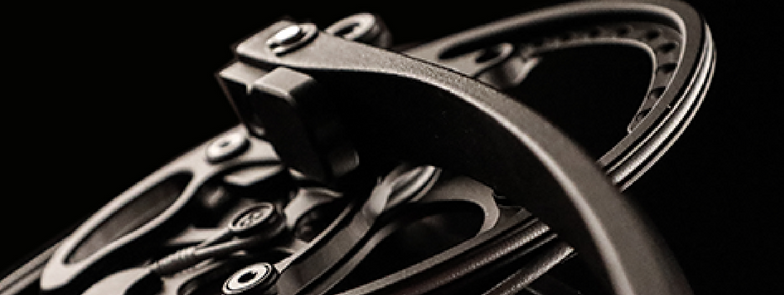
Pictured above: Elite Archery's 2018 Echelon
Grains – A unit of measurement of mass. Arrows & arrow components are
FPS – Feet per second.
IBO Speed Rating – The standard way manufacturers measure the speed of a compound bow is in FPS. For every pound of draw weight that a bow has, there must be 5 grains of arrow weight. Most compound bows are tested at 70 pounds of draw weight and a
To get started with picking your new bow, it’s helpful to know: what is a target bow? A target bow is quite literally - any bow you choose to shoot tournaments with. Could it be your hunting bow? Sure it can! A target bow can be any bow you choose to shoot an archery event but there are some specifications when choosing what bow to shoot that can make you more successful!
To me, labeling a bow as a “target bow” really means that it is accurate & forgiving. In the past, target bows have been stereotyped as having a slower FPS, long axle to axle with generous brace heights and fancy paint jobs. A longer ATA gives you a stable shooting platform (less canting or bow tilt, which derives from the bow's riser balance and grip/shelf). The bigger brace heights with slower arrow speeds tend to make the bow more forgiving (less critical to human error in the shot process). With technology advancing archery the way it has, accuracy & forgiveness can now come in smaller packages too (have you shot the new Elite Ritual?).
What should my target bow “feel” like? Describing how a bow “feels” can be difficult. If you are new to archery, you won’t have much to compare unless you head to your local pro shop to get a few bows in your hands. At Elite, we've made it easier than ever to test our bows. Just head to www.elitearchery.com and click on any of our bows. On each bow page, you can schedule a Shootability Test with the dealer closest to you.

The “feeling” of a bow can be described in many ways:
- the draw cycle – whether it is hard to pull back or if it rolls over with ease
- the mass weight of the bow and if it is too heavy to hold up
- the grip of the bow can be too fat or too skinny in your hand
- the “valley” of the bow: once you have drawn it all the way back – is it easy to hold back or does it want to rip the string out of your hands
All of these things can affect your accuracy and how comfortable you are shooting. You will see very quickly what the differences are between manufacturers. Something new on the Elite Archery target bows is having the choice between limb stops & cable stops on the same cam. This is a totally unique feature that allows you to search for the “feel” that suits you best. Look for adjustability in your new bow. Give yourself some options when you make that purchase because you're ultimately paying for “features." 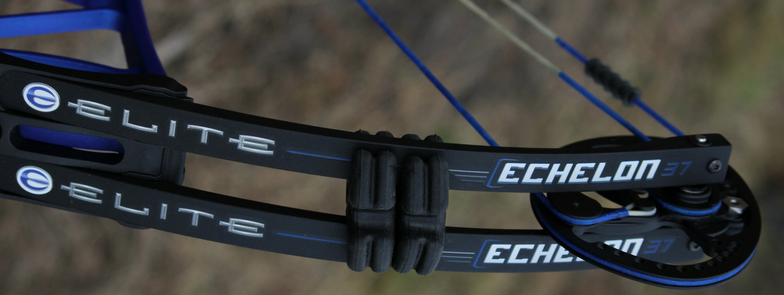
Deciding what type of archery you plan to shoot and compete in is also very important because each organization will have different rules in place for your equipment. 3D (known or unknown shooting distances, IBO or ASA)? Indoor FITA (18 meters with a maximum arrow diameter of 23/64”)? Outdoor FITA (50 meters outdoors)? Field Archery? NFAA indoor (20 yards, where the maximum arrow diameter is 27/64”)?
I'm often asked what poundage bow is needed to shoot target archery. This can be based on the information in the previous paragraph, as it will depend on what styles & types of target archery you want to shoot. If I think I want to just shoot indoor archery, there is really no need for a bow that peaks at 70 pounds. Indoor rounds usually consist of multiple 3-5 arrow "ends" (rounds) and 30-60 arrows per day. Drawing back 70 pounds several times in a matter of minutes can be quite tiring and can negatively affect your shot. You want to make sure you have something that you are comfortable with so you can practice as much as you want without getting fatigued. If you can only afford one bow and you plan on shooting multiple archery venues, you may want to weigh out all of the mentioned scenarios to make sure you purchase a bow that will perform to all of your expectations. Turning the poundage up and down on a bow usually doesn’t affect accuracy - it will only affect the FPS.
Why would the Axle to Axle matter? The ATA can make a huge difference on the “fit” of the bow. Having a bow that fits “you” properly can make all the difference in the world when it comes to accuracy. For a shooter that has a shorter draw length, let’s say 24-27 inches, I think it’s unnecessary for them to shoot a bow that has a long (39+ inch) ATA. Once they get the bow to full draw, the string angle from the cams to the face is too upright and can almost be uncomfortable. On the flip side of that, a shooter with a 30+ inch draw length can be hurting their chances of being more accurate with a shorter ATA bow. The string angle becomes too steep and can create inconsistencies with finding a repeatable anchor while at full draw. Again, I would recommend visiting your local dealer to make sure you are making a purchase that will be the most beneficial to your shooting results.
If I know I am going to shoot unknown 3D, I am going to need a bow that has a higher IBO speed rating. Faster bows help with mistakes when judging distance. IBO style tournaments allow you to get the maximum performance out of your bow. If you so choose, you can set your bow up with arrows right down to the grain to get the maximum FPS. This is where I would look for a bow with a higher IBO speed rating.
In the ASA style events, I might also want to look for a bow with a higher speed rating. I shoot unknown distances and I prefer to shoot arrows with a bigger outside diameter. The ASA also puts a speed limit on arrows. Each class, depending on age and equipment, will have a limit on how fast your arrow is traveling to even the playing field. Bigger arrows allow me to have a better chance of hitting a higher-scoring ring in the target. If I plan on shooting bigger arrows, they tend to weigh more too; this is another instance where I might choose a bow with a higher IBO speed rating as it will help push bigger arrows to the desired speed limit.
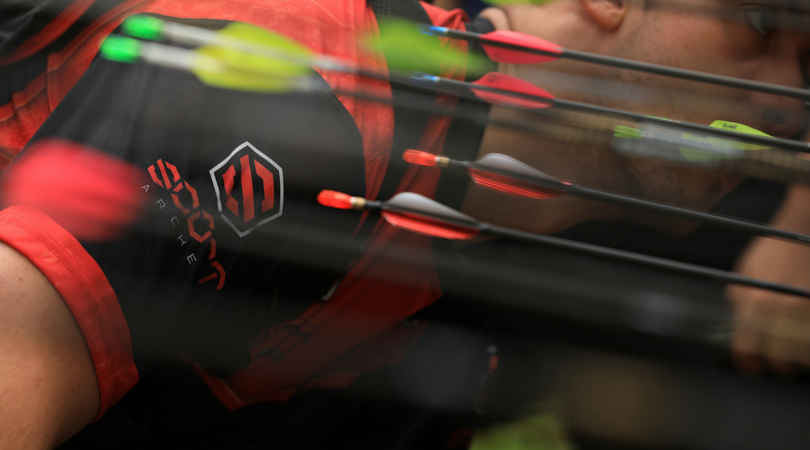
If I am going to focus on being an indoor paper shooter, then speed is not really an issue. Shooting at marked distances, a flatter trajectory in the arrows is not a necessity, so the IBO speed rating is irrelevant.
If I choose to be an 18 meter or a 20 yard, “indoor archer," you pretty much can pick whatever you want to be your target bow. There are only two basic rules (depending on what class you choose to shoot based on your sights & stabilizers): arrow diameter and a maximum of 300 fps. In the NFAA, you can’t shoot over 300 FPS. In the FITA & World Archery events, they set the maximum draw weight to 60 pounds. One other thing you want to avoid if you plan on being a World Cup archer or shoot international events is to absolutely stay away from camouflage target bows. They will not allow camo on the shooting line, it’s against the rules!
Like anything else, choosing the right target bow can be difficult because there are so many to choose from. Finding the correct bow to do everything with can take some time, so do your research and get out there to “test drive” all of your options before making a purchase. And don’t be afraid to ask questions! Once you are all set up and ready to compete, check out all of these websites for information on archery competitions:
- National Field Archery Association (NFAA) – nfaausa.com
- Archery Shooters Association (ASA) – asaarchery.com
- International Bowhunters Organization (IBO) – ibo.net
- USA Archery – teamusa.org
- World Archery – worldarchery.org
The new for 2018 Echelon 37/39 has already landed atop podiums internationally, including several ASA shoots, World Archery, USA Archery and NFAA events. Take the shootability challenge (schedule an appointment right on our website) at your local dealer to find the Elite bow that fits you.

.png)
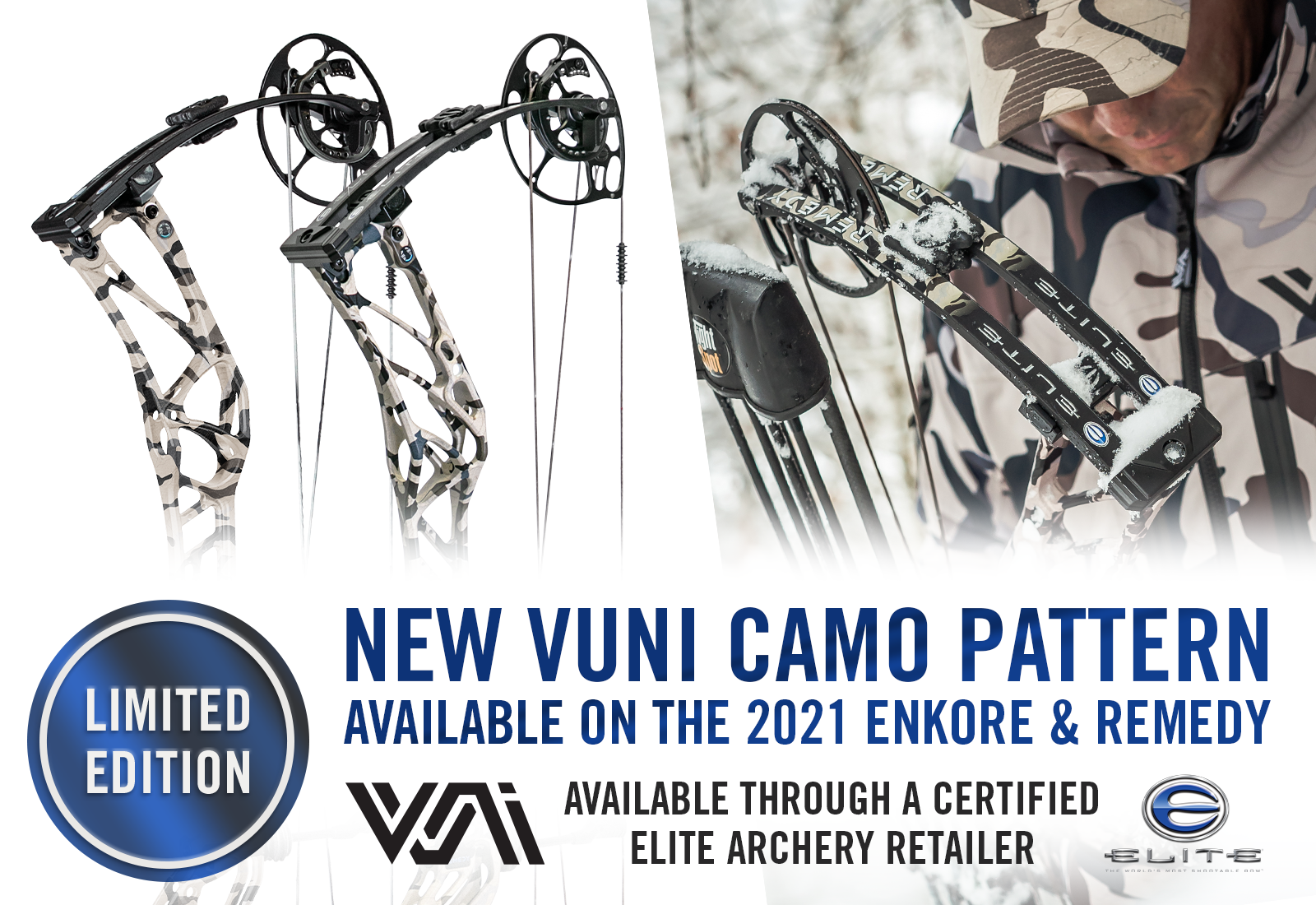
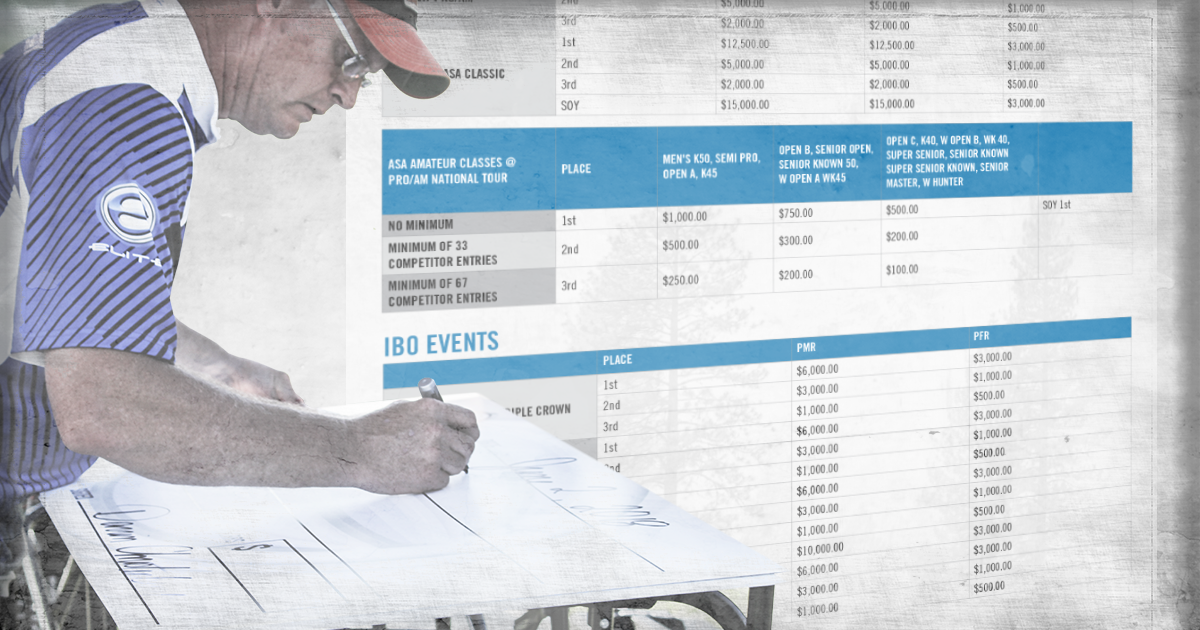
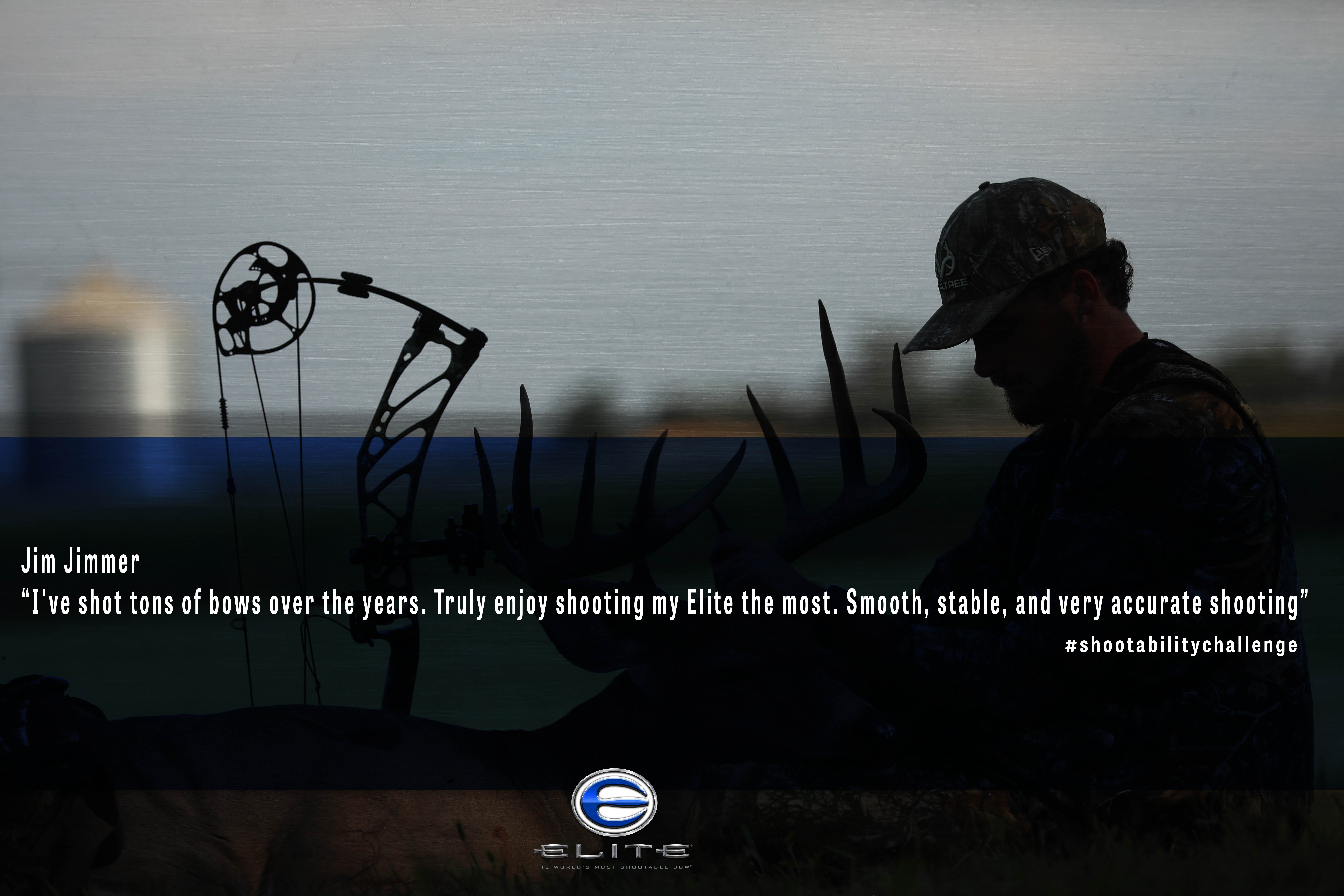

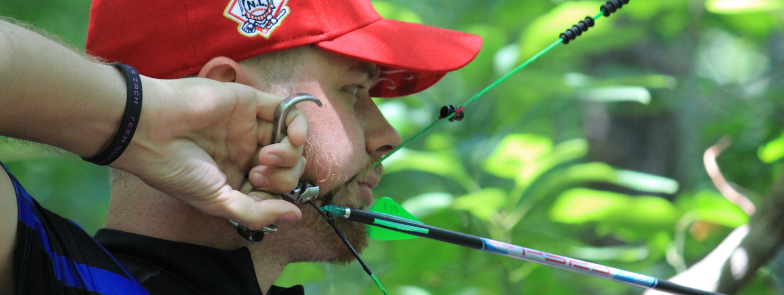
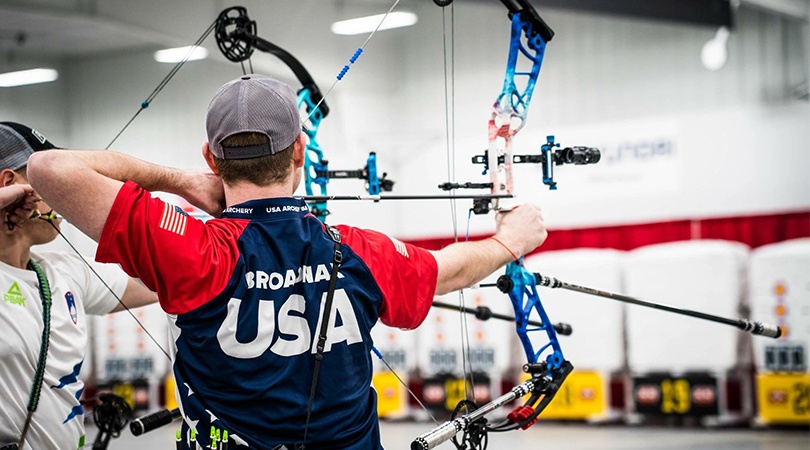
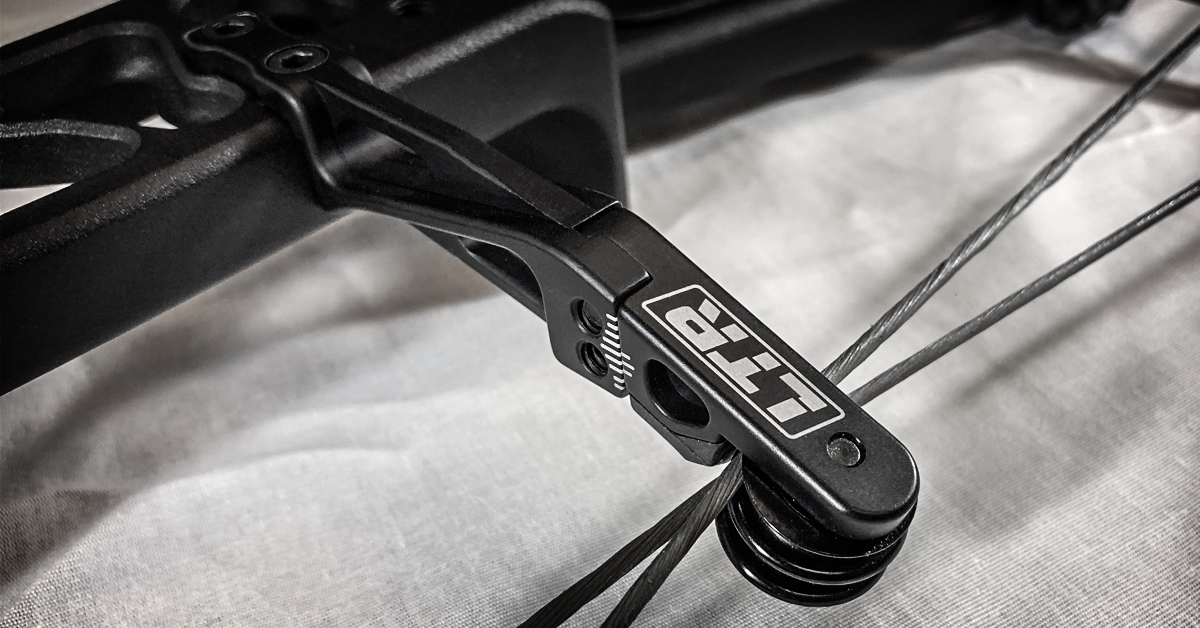

.png)
